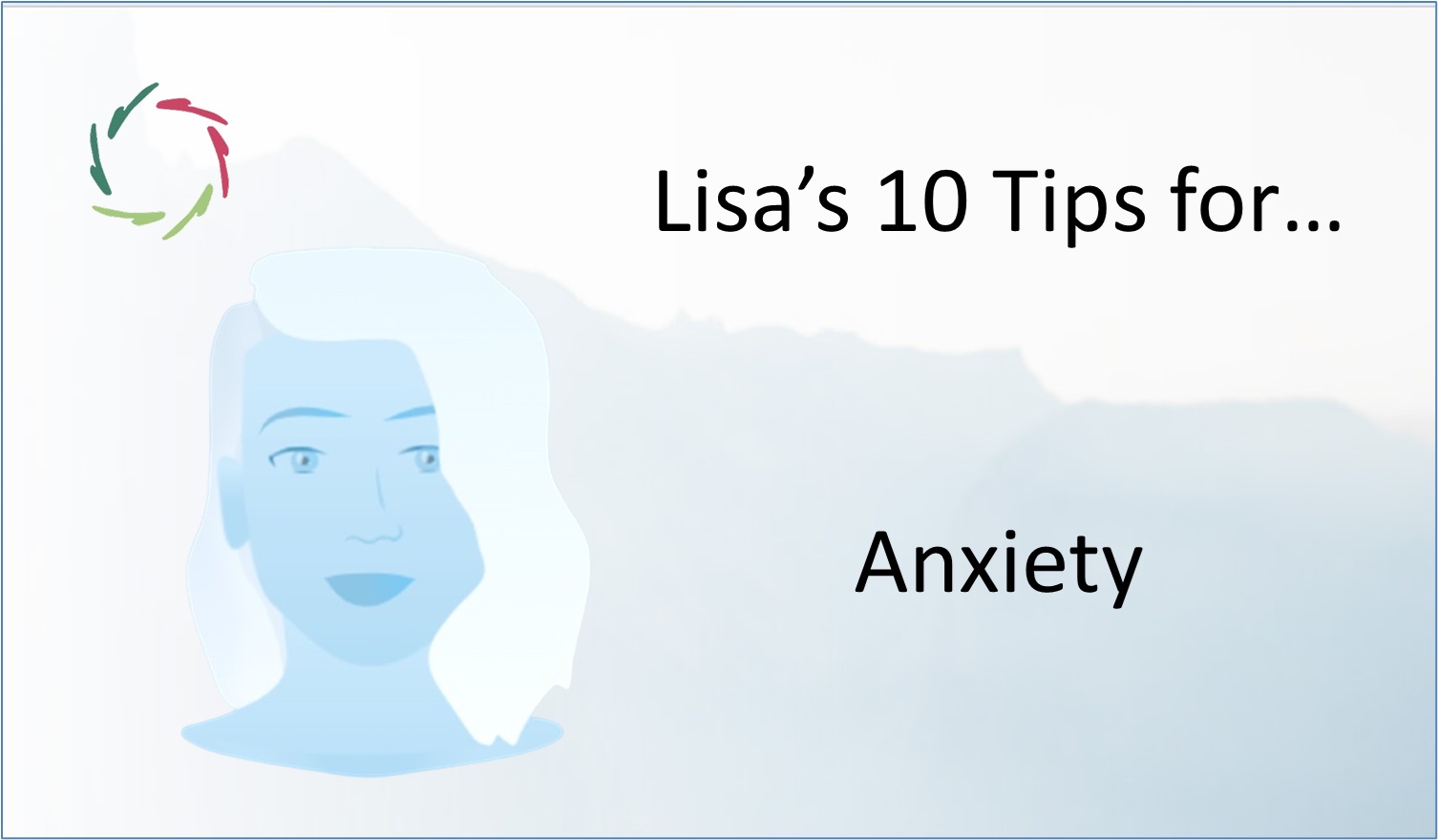Lisa’s 10 Tips for… Rediscovering Your Creativity

Here are ten original tips for rediscovering your creativity that are specifically based on Lisa’s knowledge and deeper insights ― avoiding the common tips that are frequently offered.
These tips, provided by A.I. coach-bot Lisa (human ratified, hardly or unedited), Compassionately align with both rationality and depth as well as with a synthesis of fostering growth and relief of suffering ― forming a deep approach that aims for fundamental transformation rather than superficial fixes. For more about their use, see Lisa’s 10 Tips for… An Introduction. Note that this is support, not therapy. If needed, please seek out proper human therapy.
Reconnect with your ‘inner child’
Creativity thrives in playfulness, a quality we often lose as adults. Your inner child holds the key to that carefree, imaginative state. Try recalling activities you loved as a child—whether it was painting, building with blocks, or creating stories. Engaging in these past joys reconnects you with a time when creativity flowed without judgment or purpose. Through this process, you remind yourself that creativity is about exploration, not just outcomes.
Create space for ‘emptiness’
Modern life often fills every moment with tasks and distractions, leaving little room for creativity to emerge. By carving out intentional periods of emptiness—moments where you allow your mind to wander freely—you invite creative ideas to bubble up from the deeper mind. These quiet moments are fertile ground for spontaneous insights, as the subconscious thrives when it’s not bombarded by constant mental activity.
Engage in ‘nonsense creativity’
Creativity often gets stifled by the pressure to create something useful or valuable. By engaging in ‘nonsense creativity’—creating without any purpose or expectation—you release that pressure. Whether it’s scribbling on paper, making up silly rhymes, or building something entirely absurd, this playful act allows creativity to surface in unexpected ways. It reintroduces the joy of creation without the weight of performance or perfection.
Visualize your creative flow
Sometimes, creativity feels blocked, like there’s something in the way of your natural flow. Visualization can help. Close your eyes and imagine creativity as a stream inside you, flowing easily. If you feel stuck, visualize removing stones or debris from this stream, allowing the water (creativity) to move freely again. This mental image gently shifts your relationship with creativity from something to be forced to something that’s already within you, waiting to be unblocked.
Immerse yourself in sensory experiences
Creativity often stems from your interaction with the world through your senses. Spend time focusing on sensory details—whether it’s the vibrant color of a flower, the sound of rain, or the texture of fabric. These small moments of sensory engagement awaken parts of your mind that may have become dormant. By immersing yourself in sensory experiences, you allow creativity to emerge naturally, sparked by your heightened awareness of the world around you.
Collaborate with your subconscious
The subconscious is a deep reservoir of creative potential, often working on ideas without us being aware. You can actively collaborate with this part of your mind by using subtle autosuggestions. Tell yourself, “I trust my subconscious to guide me toward new ideas,” or “I am open to creative insights.” Let your subconscious do the work in the background and notice how creative sparks emerge naturally when you least expect it—while showering, walking, or even waking from sleep.
Cultivate a ‘beginner’s mindset’
The mindset of a beginner is one of openness, curiosity, and wonder. When you approach creativity with the weight of expertise or expectation, it can become a burden. Instead, embrace the ‘beginner’s mindset,’ where mistakes are part of the process, and everything is an opportunity for exploration. This mindset allows you to experiment freely without fear of failure, which often leads to creative breakthroughs you couldn’t have anticipated.
Turn your environment into inspiration
Often, we overlook the potential for creativity in our everyday surroundings. Take a closer look at the objects, spaces, and details around you, as if seeing them for the first time. Is there a texture, color, or shape that you’ve ignored? By re-engaging with your environment through a fresh perspective, you can discover unexpected sources of inspiration. It reminds you that creativity isn’t always about grand ideas—it’s about finding magic in the ordinary.
Use movement to unblock creativity
Physical movement is a powerful tool for unlocking creative energy. Creativity flows through both mind and body, and sometimes, mental blocks can be released through movement. Whether it’s dancing freely, going for a walk, or practicing gentle stretches, moving your body activates new neural pathways. By moving in a way that feels natural and unplanned, you mirror the spontaneity of creativity itself, helping unstick blocked ideas and inviting fresh inspiration.
Trust the ‘natural rhythm’ of creativity
Creativity has its own cycles, much like the natural world. There will be periods of high creative energy, followed by times when it feels dormant. Instead of forcing creativity during its quiet phases, trust that these times of rest are necessary for deeper growth. Allow your mind to recharge, knowing that creativity will return when it’s ready, often with new vigor. Embracing this natural rhythm removes the pressure to be constantly producing and respects the ebb and flow of your creative process.
―
These tips offer a multi-layered approach to creativity, where the deeper mind, body, and environment are all involved in the process. The idea is not to force creativity but to invite it by creating the right conditions for it to emerge naturally. I hope you find these tips helpful!

.
.
.


